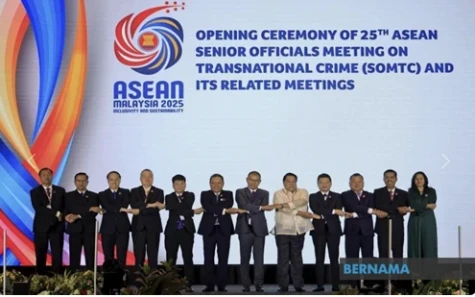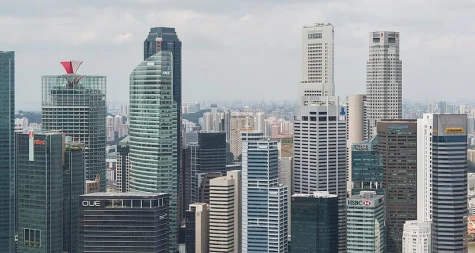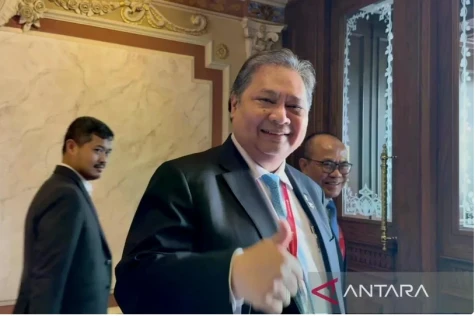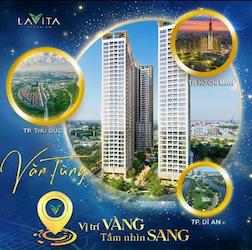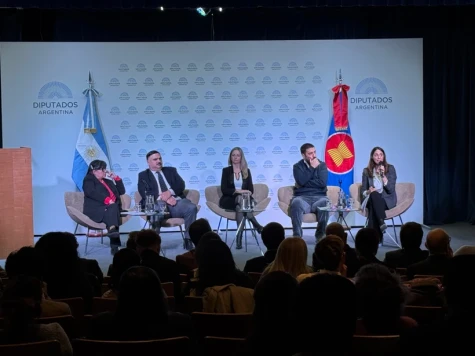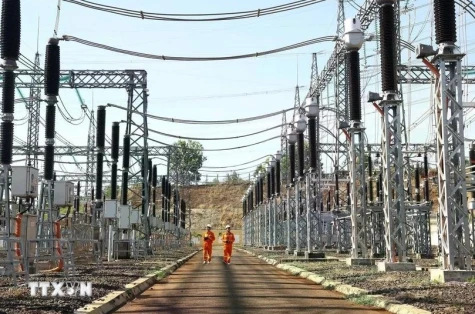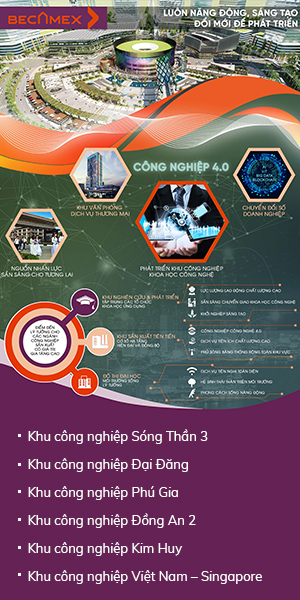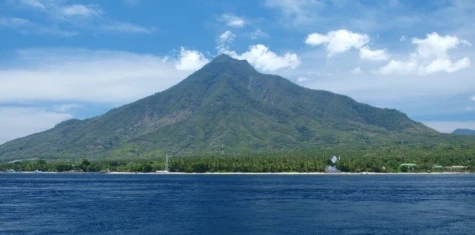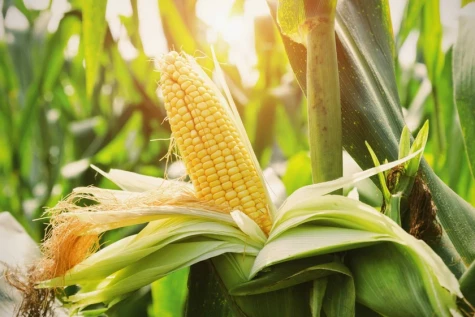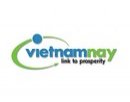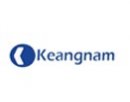Police who seized Asia's largest known shipment of liquid cocaine at a Bangladeshi port late last month say it was headed for India, the latest sign that drug cartels are increasingly plying their trade in South Asia.
It isn't clear whether India was the final destination for the cocaine, worth as much as $14 million, or whether it was a transit point for other markets in Asia and Europe.
"They wanted to redirect it to India when it got stuck at Chittagong," Bangladeshi police official Mohammad Kamruzzaman said. Kamruzzaman said they found correspondence that said the shipment was headed for "any port in India".
One thing is clear – big drug busts in the region are becoming more common.
Over the past three months, Indian and foreign police sources said larger than usual amounts of high-purity cocaine carried mainly by South American and African drug mules have been seized in India.
Multi-kilo hauls have also turned up in Kathmandu.
The seizures point to South Asia's role as a possible transhipment hub, as highly organised gangs, possibly from Latin America, look to hide their tracks to U.S. and European markets by taking advantage of soft security at the region's ports.
Like other global businesses, groups such as Mexico's Sinaloa or Pacific Cartel also see Asia as a growth market, and have turned up in Australia, Hong Kong and the Philippines in recent years.
The United Nations believes more cocaine is moving through South Asia undetected.
"This is a huge wake-up call," said Cristina Albertin, the South Asia representative for the United Nation's Office on Drugs and Crime (UNODC), referring to the Bangladesh bust.
Up until now, much of counter-narcotics agencies' work in the region was focused on the smuggling of heroin and synthetic drugs and especially on Afghanistan, which produces some 90 percent of the world's illicit opiates.
The recent hauls of cocaine have taken them by surprise.
The UNODC has been training port officials in Chittagong on how to better follow paper trails that help spot suspicious cargos and gave officials drug testing kits.
But the kits were adapted to the region and so didn't have the test for cocaine. "Now we will also have to give them that," Albertin said.
Growing market
Cocaine use, while still low compared to Europe and North America, is on the rise among newly wealthy party-goers in the top cities of Asia's fast growing economies.
"Latin American drug trafficking organizations, those who are well structured, are now looking for new markets, particularly for their cocaine and methamphetamine production," said Antonio Mazzitelli, the UNODC representative in Mexico.
"Asia is that market nowadays," he said.
In India, drug seizures almost tripled between 2009 and 2013, data from India's Narcotic Bureau shows. They dipped last year, but have been increasing in recent months.
One Peruvian man, for example, caught in June with a kilo hidden in his suitcase had previously visited India four times.
The drugs appear to be for local use in cities such as Bengalaru, Delhi and Mumbai, according to police reports.
Circuitous route
Early in May, acting on a tip off from British intelligence, Bangladeshi customs agents seized 107 blue plastic barrels of sunflower oil from a container in the country's busiest port.
Officials estimate that between 60 and 100 kilos of cocaine were mixed into the oil.
The cocaine likely hails from land-locked Bolivia, listed as the source country for the sunflower oil and a leading cocaine producer.
It was shipped from Uruguay to Singapore on March 30 in a container that Bangladeshi police say was owned by a company called South Freight Logistics.
The container was then transferred to a smaller ship that sailed to Chittagong.
A number listed for South Freight Logistics did not appear to be working and the company did not respond to requests for comment for this article.
REUTERS








